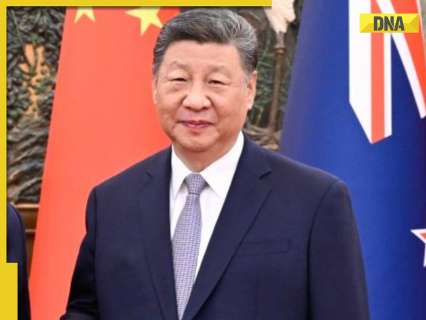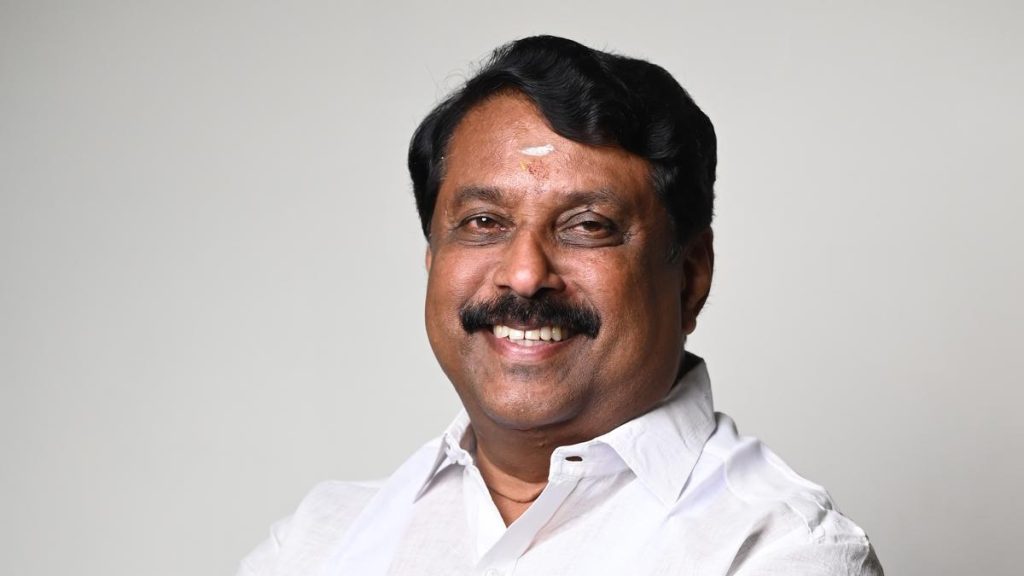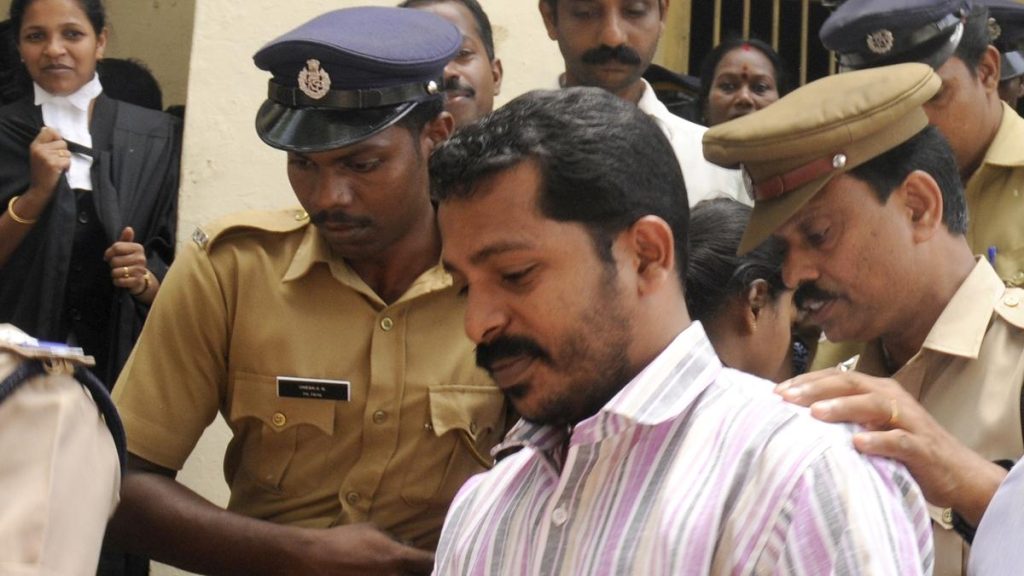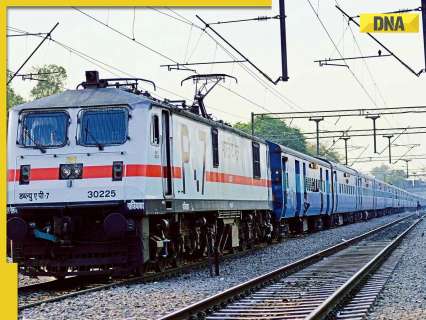Now Reading: China’s New Military Command Center: Sign of Rising Global Tensions?
-
01
China’s New Military Command Center: Sign of Rising Global Tensions?
China’s New Military Command Center: Sign of Rising Global Tensions?

Swift Summary
- Indian Railways has introduced the option for passengers to book an entire train coach or even an entire train.
- The booking process and other details such as timings and ticketing processes have been outlined.
- This initiative aims to cater to group travel needs or unique events like weddings or corporate trips.
Link for more details: Read more here
Indian Opinion Analysis
This move by Indian Railways reflects a progressive step toward enhancing customer-centric services in the country’s transportation sector.It could improve convenience for large groups needing personalized arrangements, such as wedding parties, corporate delegations, or tourism groups. Additionally, this aligns with India’s push toward modernizing rail operations and revenue diversification strategies. Logistically,it may demand cautious planning to avoid disruption of regular passenger schedules while leveraging resources effectively.
India’s vast railway network holds immense potential in adapting innovations that cater not only to mass transit but also specialized needs, showcasing adaptability without compromising service availability elsewhere.Quick Summary
- Air India’s Delhi-Washington flight made an unscheduled stop in Vienna due to a technical issue during refueling. Aircraft operations were grounded as a precautionary measure untill resolutions were carried out.
Indian Opinion Analysis
Technical glitches impacting long-haul flights, such as the air India incident in Vienna, underscore the importance of robust aircraft maintenance systems and contingency planning. While precautionary grounding prioritizes passenger safety, disruptions can impact schedule adherence and operational efficiency. For India’s aviation sector striving for global reliability and professional benchmarks, investing in predictive maintenance technology could mitigate risks of such challenges recurring.
Image Credit: DNA India)Quick Summary
- China is constructing a massive military center near Beijing, known as “Beijing Military City,” on 1500 acres of land, intended to be completed by 2027.
- The facility will include 80 bunkers and eight underground floors, considerably larger than the Pentagon in the United States, which spans only 583 acres and has two basements.
- A former CIA officer claims this facility might serve as China’s primary nuclear weapons base designed to safeguard them from bunker-buster missiles and house top leadership during conflicts.
- China currently holds approximately 600 nuclear weapons but continues its nuclear program at a rate of producing about 100 annually. Projections suggest it may acquire up to 1500 nuclear weapons by 2035.
Indian Opinion Analysis
China’s decision to build a military center on such an extensive scale raises significant concerns globally regarding its long-term strategic intentions. Comparisons with the Pentagon suggest an ambition not only for defense but also for enhanced offensive capabilities in scenarios involving advanced warfare or potential nuclear conflict. For India specifically, this progress highlights the need for constant vigilance along its northern borders and robust participation in international arms control diplomacy.
The projection that China could amass up to 1500 nuclear weapons by 2035 complicates regional security dynamics within Asia-Pacific while pressing India toward investments in both deterrence strategies and modernization of its defense infrastructure without pursuit of escalation cycles in competitive armament acquisition.
While more specific details on operational usage remain speculative at this stage until completion of “Beijing Military City,” India’s foreign policy must adapt towards fostering strategic alliances capable of counter-balancing risks stemming from China’s militarization advancements within close geographic proximity.























